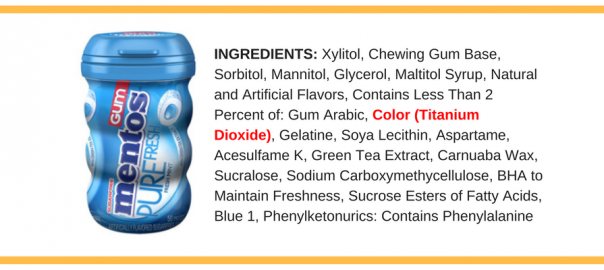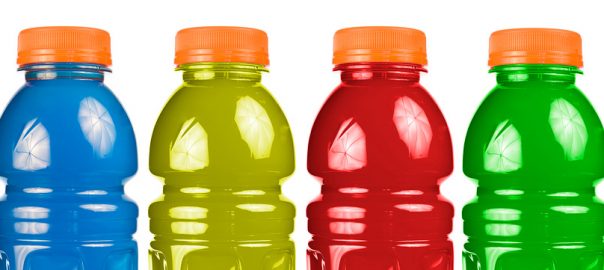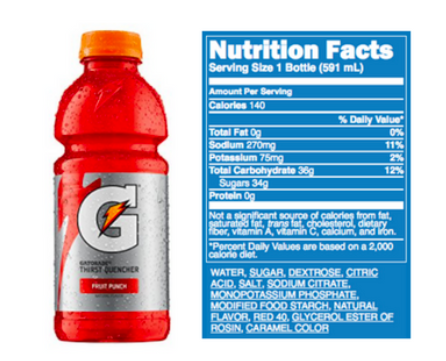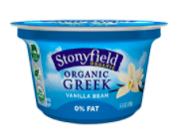What is Titanium Dioxide?
Titanium dioxide is a naturally occurring compound used as a coloring agent in cosmetics, personal care products, supplements, and processed foods.
It whitens and brightens as well as prevents discoloration. Titanium dioxide also blocks ultraviolet (UV) rays, which is why it's found in many sunscreens.
The compound used in manufacturing is chemically processed to remove impurities. And it's supplied in a powder form.
Powdered titanium dioxide generally appears to be safe. However, the widespread use of "nanoparticles" has raised some concern.
What are Nanoparticles?
Nanoparticles form when titanium dioxide powder is further ground into microscopic particles. And while these microscopic particles are chemically identical to their larger counterparts, their behavior and reactivity may differ due to an increase in surface area.
Further, their minuscule size may increase absorption and circulation within the bloodstream.
What are the Potential Risks?
Research has shown that these nanoparticles have the potential to cause free radical damage (a.k.a. oxidative stress), which results in cell damage, DNA mutations, inflammation, and immune system activation.
When inhaled, these particles have the capacity to travel directly to the lungs and brain. As a result, neurological damage is highly possible. This is why it's never a good idea to use spray sunscreens, especially on the face.
Further, the International Agency for Research on Cancer has classified titanium dioxide nanoparticles as “possibly carcinogenic to humans” according to animal inhalation studies.
These nanoparticles are also considered an "occupational carcinogen" by the National Institute for Occupational Safety and Health.
Human studies using sunscreens have shown that the nanoparticles don't substantially penetrate the skin. However, long term safety studies have yet to be performed. In addition, the potential risks of oxidation caused by sun exposure are unknown.
Titanium Dioxide in Food
When used in food, the largest concentrations are found in candy and chewing gum. But it can also also found in cottage cheese, yogurt, condiments, processed meats, and snack foods.
However, it's worth noting that only one third of the titanium dioxide used in food is in the nanoparticle form.
Nevertheless, we still don't fully understand how it is absorbed, distributed, and excreted by the body. Thus, we couldn't possibly understand its toxicity when consumed orally.
Although, one study found that oral consumption of titanium dioxide nanoparticles contributed to gut inflammation in those with inflammatory bowel disease.
How to Reduce Your Exposure
Unfortunately, food producers can use up to 1% titanium dioxide (food grade) without declaring it on the label. Or, it may be hidden behind terms such as "natural color" or "natural coloring agent."
Thus, the best way to avoid titanium dioxide in your food is to consume more whole foods and to choose organic whenever possible. Interestingly enough, titanium dioxide is not approved for use in organic foods.
When it comes to medications there is little you can do. However, you can opt for supplements without added colors as well as sunscreens with non-nanoparticle zinc oxide only.
When it comes to cosmetics and personal care products, always read ingredient labels. And if you're not sure, you can always check the Environmental Working Group Skin Deep Database.
In conclusion
The information we have thus far on titanium dioxide and more importantly its nanoparticles is concerning. And a lack of data in some regards doesn't imply safety.
Therefore I recommend applying the precautionary principle and avoiding exposure whenever possible.




 Modified food starches are found in a wide variety of foods. One example is yogurt. Take a look at the list of ingredients of this popular brand of fat-free vanilla Greek yogurt:
Modified food starches are found in a wide variety of foods. One example is yogurt. Take a look at the list of ingredients of this popular brand of fat-free vanilla Greek yogurt: